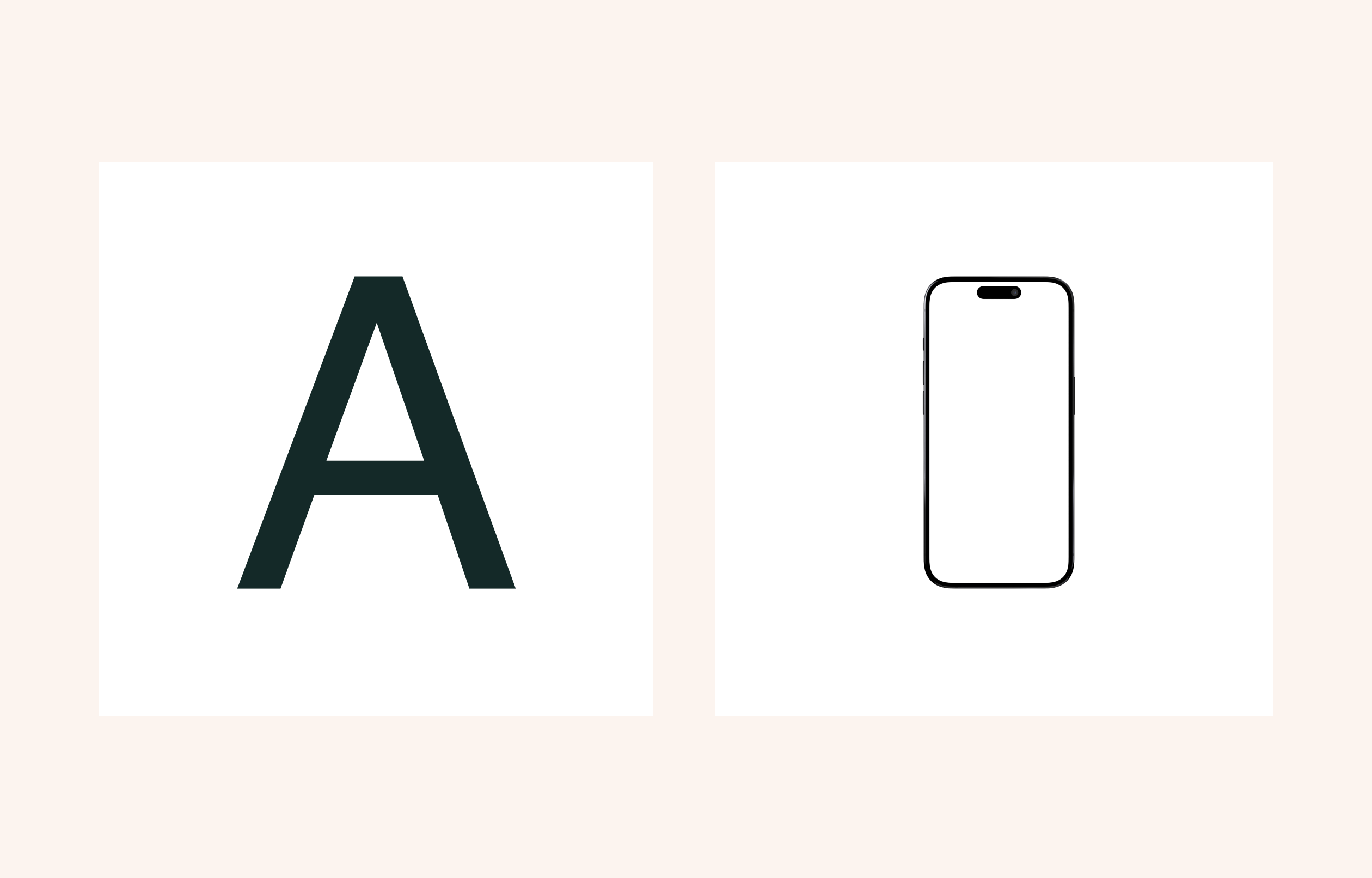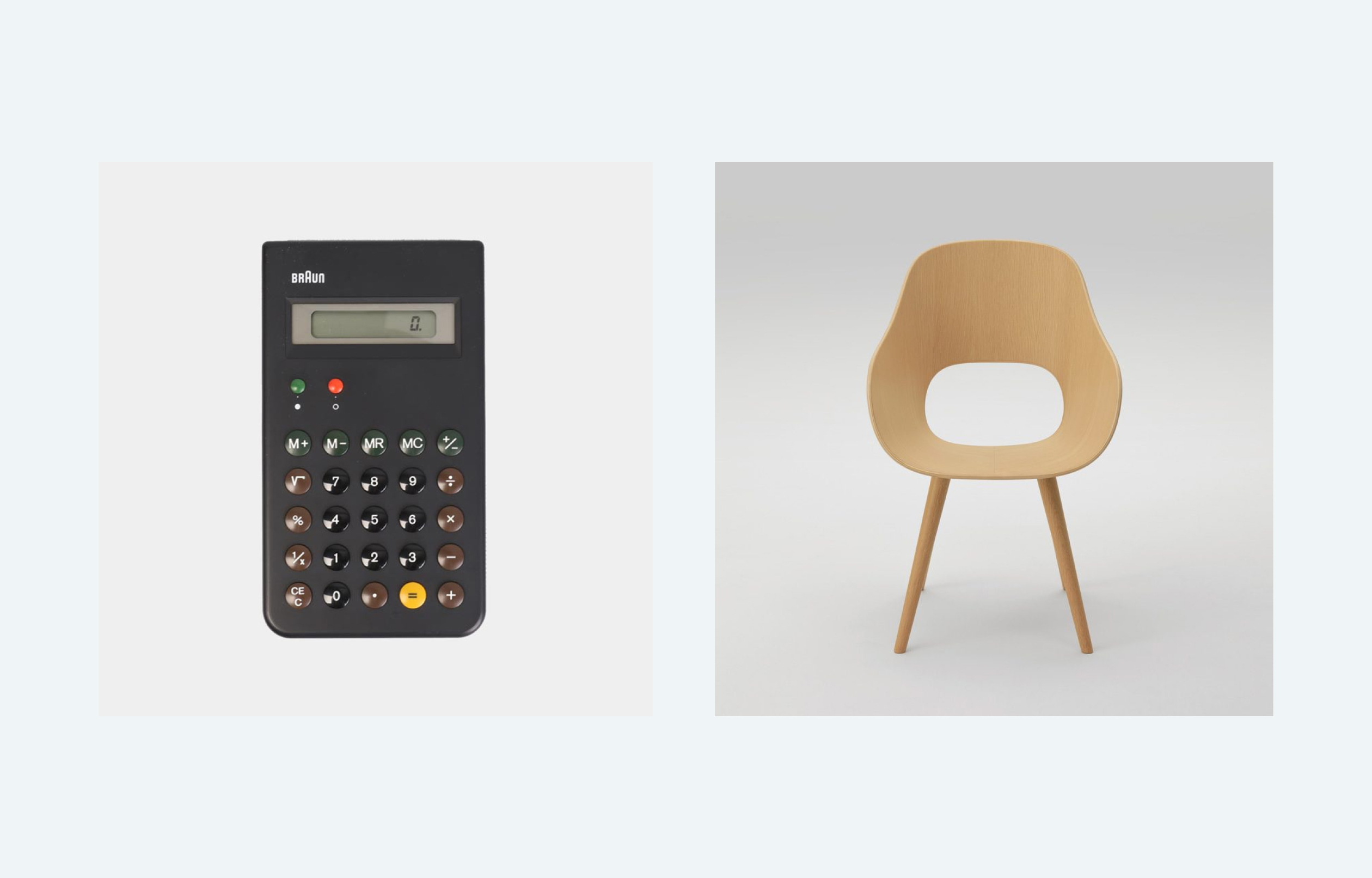Codex Every design task has only one solution: the right one

illustration:
Optical Telescope Element, James Webb Space Telescope
If there is any singular aspiration in design, it is to create an archetype. The absolute form of a thing. If it's a font, then it's the foundation for all fonts; if it's a chair, then it's what a dictionary would use to illustrate the concept of "chair."
Plato distinguished the world of things from the world of ideas, saying that every thing we see in reality has its absolute ideal embodiment in the world of ideas. Thus, there is a specific tree, and then there is the "idea of a tree.” There is a specific horse, and then there is the "idea of a horse" that encompasses all horses as such. Every tree or every horse is merely a reflection, an imprecise copy, of its archetype.
In Jorge Luis Borges' story "Brioche," there is a definition:
"Someone or Something has the archetype of the sword, the archetype of the table, the archetype of the Pindaric ode, the archetype of the syllogism, the archetype of the hourglass, the archetype of mechanical clocks, the archetype of the map, the archetype of the telescope, the archetype of the scales. Spinoza claimed that every thing strives to preserve its being: the tiger wishes to be a tiger, and the stone wishes to be a stone. I myself have noticed that every thing strives to become its own archetype."
Every good designer should aspire to make their design the only possible solution. An inexperienced designer believes that any problem can have an infinite number of design solutions. An experienced designer knows that, in fact, every design problem has only one single solution: the correct one. This solution is the archetype.
If you are tasked with creating a logo, you have a brief, documents, charts, business objectives, user portraits, marketing research, investors' expectations — you can't end up with 10 different logos that all work equally well, satisfying all requirements. There is one correct solution, and your task is to find it.
For example, the Helvetica font is close to the archetype of a font. Its neutrality made it an iconic font. If you look for a common denominator for all letters A in the Sans Serif typeface, you get a letter A written in Helvetica.
If you average all the concepts of what a smartphone is, if you find some common ratios and universal rules for what exactly a smartphone should be, you get something similar to an iPhone: a rounded black rectangle. It was Jony Ive’s design that brought this black rectangle closer to the archetype.

Another example is the technique of Dieter Rams, whose designed objects each became an absolute example of what that object should look like. For instance, a calculator or radio designed by Rams are close to the archetypes for a calculator and radio.
One cannot fail to mention Naoto Fukasawa and his idea of "supernormal" design. This is design that makes you think that such items have always looked this way. Look at this chair — it truly looks the way a chair should look.

Reading Material
• Plato, The Republic (Book 7)
• Jorge Luis Borges, La brioche
• Naoto Fukasawa, Super Normal: Sensations of the Ordinary


